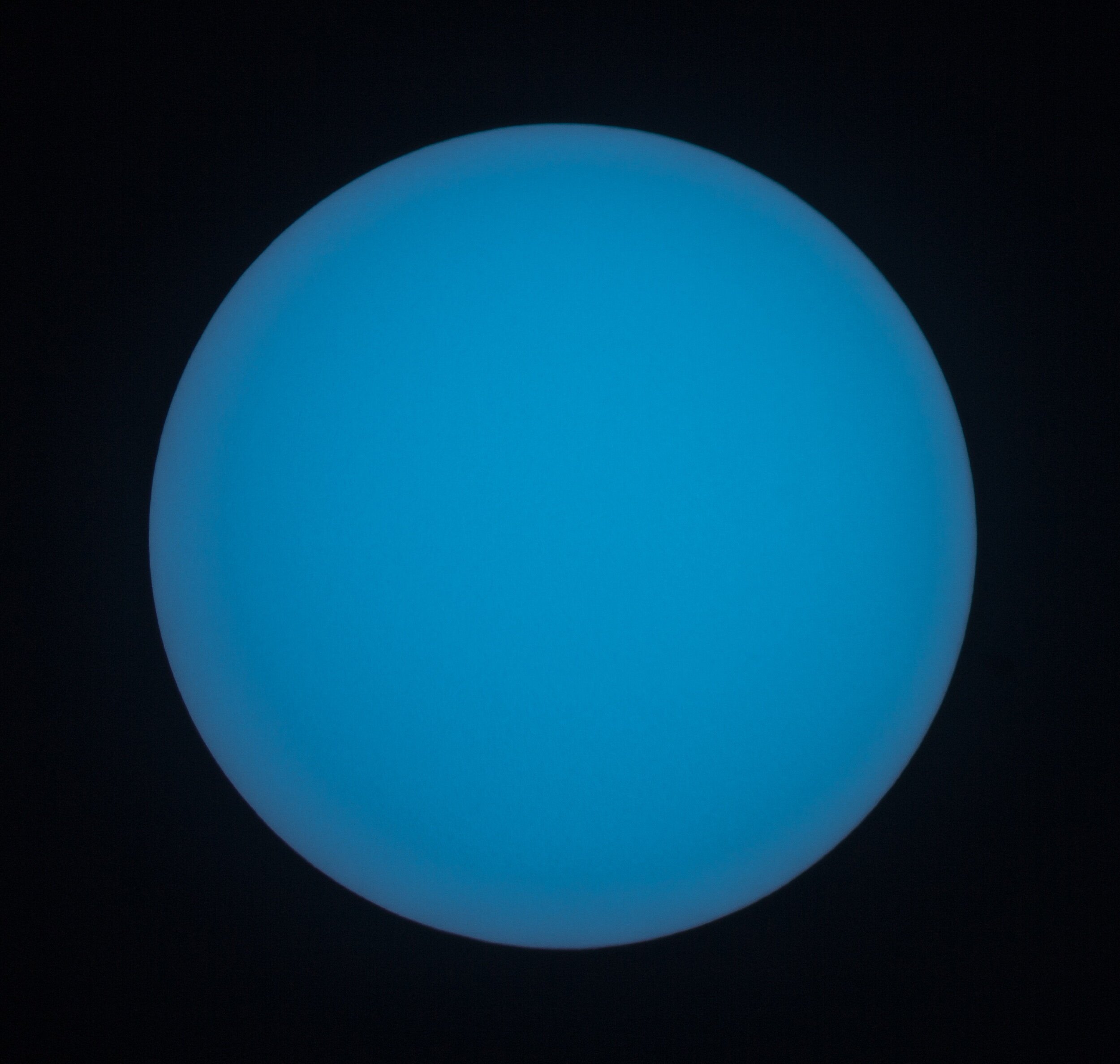Transit of Mercury 2019
On 11th November 2019 I was successful in capturing some images of the Transit of Mercury when the planet passes between Earth and the Sun. The next one won’t be until 2032, but as this post shows, preparation is key. Put it in your diaries!
The Sob-story Backstory
In May 2016 I was in Greece on holiday. During the week there would be a Transit of Mercury and so I took a long zoom lens, tripod and solar filter to try and capture the event. It was my first attempt at Transit imaging and I wasn’t sure if I’d be able to see the tiny disc of Mercury in my modest camera set-up. Crucially, I also didn’t know the exact time of the Transit in Greece, being a couple of hours difference to the UK. I set up on the beach, got in focus and waited. I got nothing, packed up and returned to my holiday. It turns out I was 2hrs early, and would have been able to capture the Transit if I was on time. Perfect skies too! When I read about the event this year, I was adamant I would not be late or ill-prepared.
Planning diagram from www.EclipseWise.com
Preparation
I started by booking a day off work. I found out the Transit times and decided whether I’d be best placed to observe from home or go somewhere. Given it started at 12.35pm, home would be fine (although in truth the Sun was a little low from my position). A couple of weekends ago I assembled my equipment and did a test run: trying the scope with a barlow and filter, testing exposures and white balance.
72mm Refractor with solar filter
DSLR with 2x Barlow & 2” tube extension to achieve focus
White balance test 1
White balance test 2
White balance test 3
Checking FOV in Sky Safari app
Capturing the Transit
I set up the scope on my external pier from midday, attached the solar filter and camera and got it tracking onto the sun. I ran some test exposures and checked my focus - this was quite tricky and until the disc of Mercury appeared, I only had the edge of the Sun to focus on. At around 12.30 I set my intervalometer to take a 1/160s exposure every 10 seconds at ISO100; I wanted to capture contact C1 and C2 when the black disc first makes contact with the external, then internal face of the Sun’s disc. The whole Transit would not be visible from the UK and the maximum transit would be around 3.15pm. At 12.33 I started the imagine run. My heart sank as a block of cloud drifted across the Sun, obscuring the moment of C1 contact. After another minute I first spotted the disc of Mercury and let the camera click away for a another few minutes. Then I reset the camera to take an image every 20sec and left it to run.
First frame of Mercury entering the Sun’s disc
Just past contact C2
One of the early cloud free frames, around 15mins into the Transit
Time-lapse Video
I had around 260 frames before the Sun was impeded by trees and roofs. I packed up and downloaded my images.
Using Lightroom I gave each a little exposure boost and clarity bump. I batch cropped the frames slightly closer and exported around 230 frames to JPEG and imported into Photoshop using the Scripts ‘Load files into stack’ option. The frames were added to a timeline, reversed (so they ran in the correct order) and exported to video using 0.1 sec interval between each frame.
The resulting video compresses around 1.5 hours into 27secs. It features a few cameos from clouds and the neighbour’s trees, but shows the Transit pretty well. Better than 2016 anyway!









